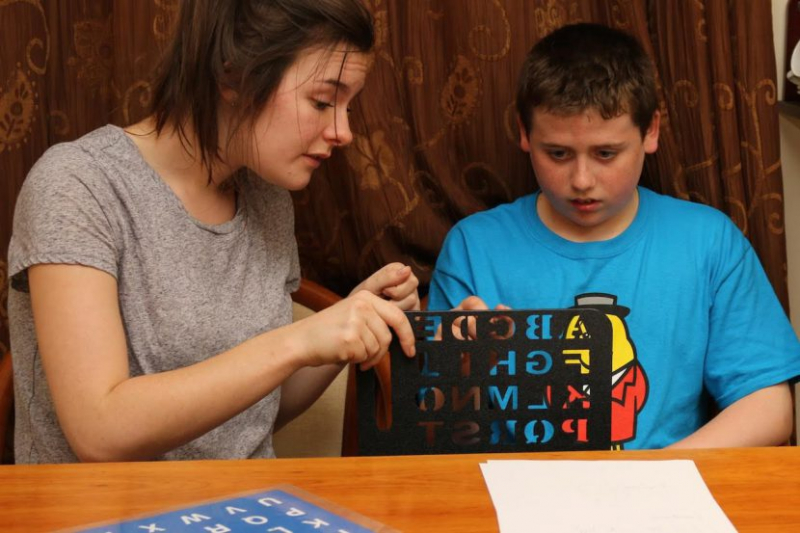Rapid Prompting/Facilitated Communication
Parents of children with communicative difficulties, such as pre-verbal and nonverbal children, as well as those on the autistic spectrum, have long sought ways to verbally connect with or better comprehend their children's thoughts and feelings. While unaided communication systems that rely on body language and aided communication systems that use aids such as voice generating devices have proven successful, two theories—rapid prompting and facilitated communication—have been especially contentious.
Rapid prompting (RP), which was developed by parent Soma Mukhopadhyay in an effort to communicate with her autistic son, entails instructor engagement with the student through fast-paced questioning and the use of a specialized keyboard to encourage the student to focus on her/his expression. Facilitated communication (FC) requires a facilitator to support a student's hands or arms while typing or using another device that produces the student's written or typed thoughts and ideas. While both methods are intended to assist nonverbal children and improve their social relationships, they have not been proven to be effective or scientifically sound. Although proponents cite examples of people whose situations have improved, the methods remain controversial because they have not been able to offer significant results to hopeful parents and students.















